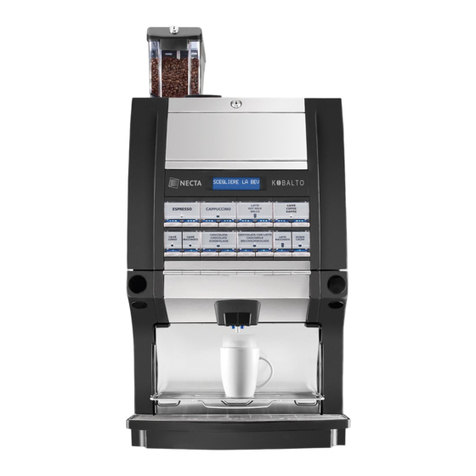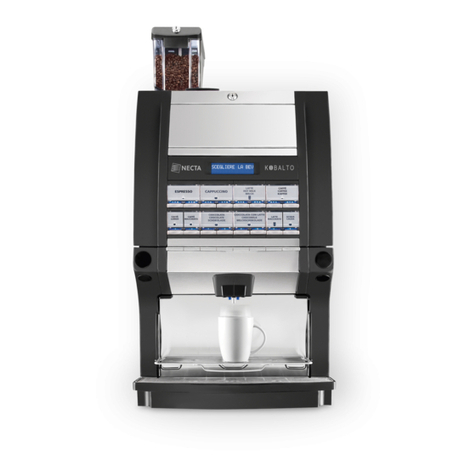Necta BRIO "Easy Serving Espresso" User manual
Other Necta Coffee Maker manuals

Necta
Necta Colibri Service manual

Necta
Necta Colibri User manual

Necta
Necta brio 3 Owner's manual
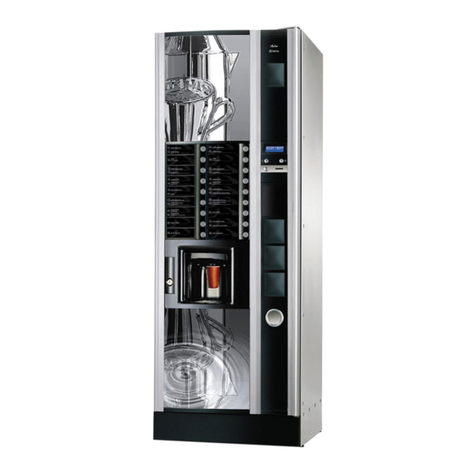
Necta
Necta Astro Installation guide
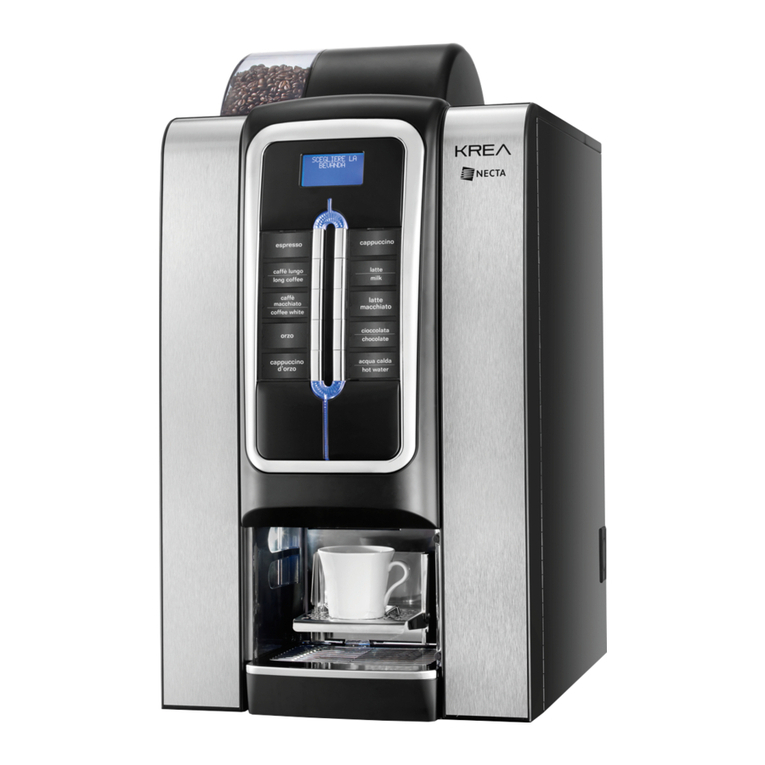
Necta
Necta Krea Espresso User manual

Necta
Necta Kikko Max P250U00 Owner's manual
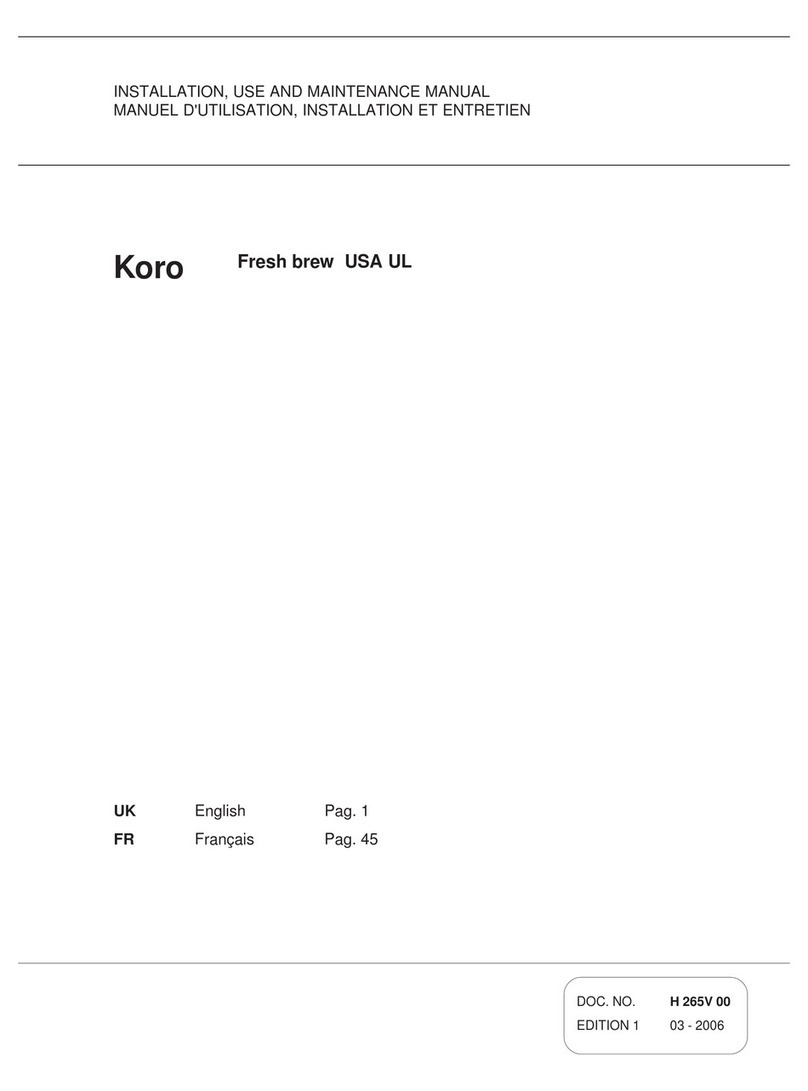
Necta
Necta KORO Fresh Brew User manual
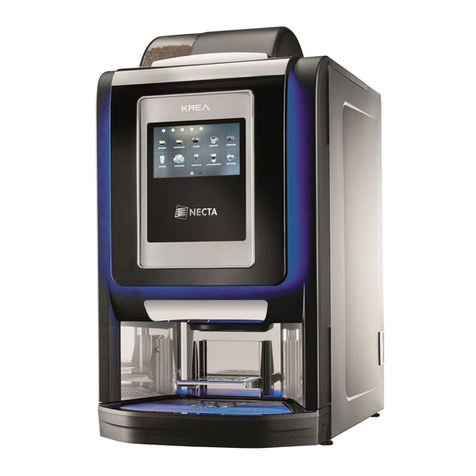
Necta
Necta KREA TOUCH User manual

Necta
Necta Korinto Espresso Owner's manual
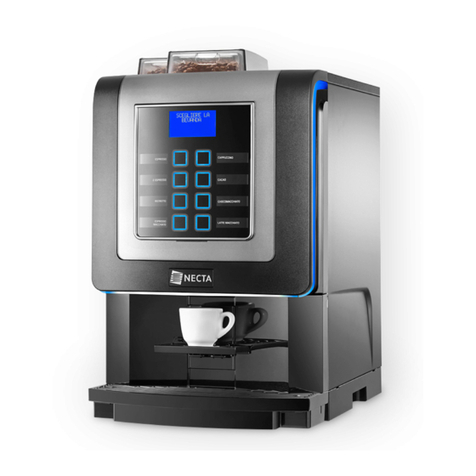
Necta
Necta KORO PRIME ES User manual

Necta
Necta Brio Espresso User manual

Necta
Necta Koro User manual
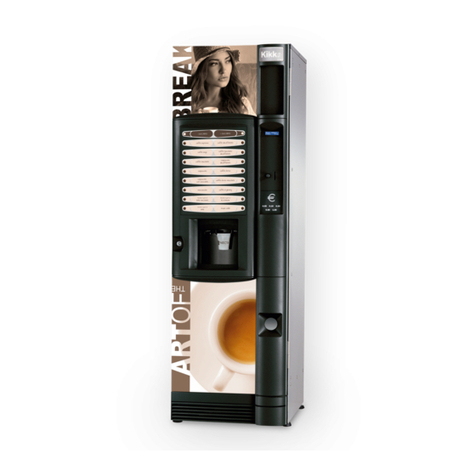
Necta
Necta KIKKO ES6 User manual
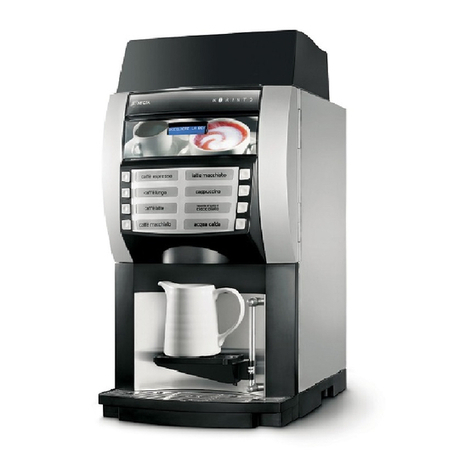
Necta
Necta Korinto UL User manual
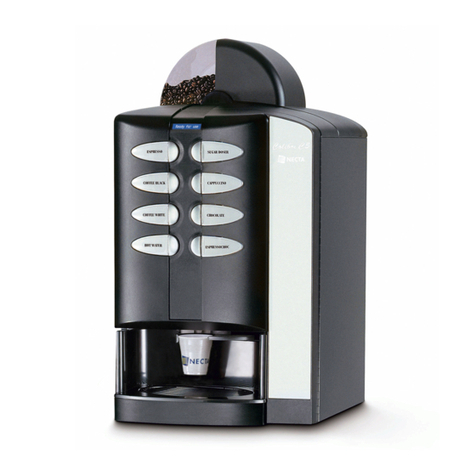
Necta
Necta Colibri Specification sheet
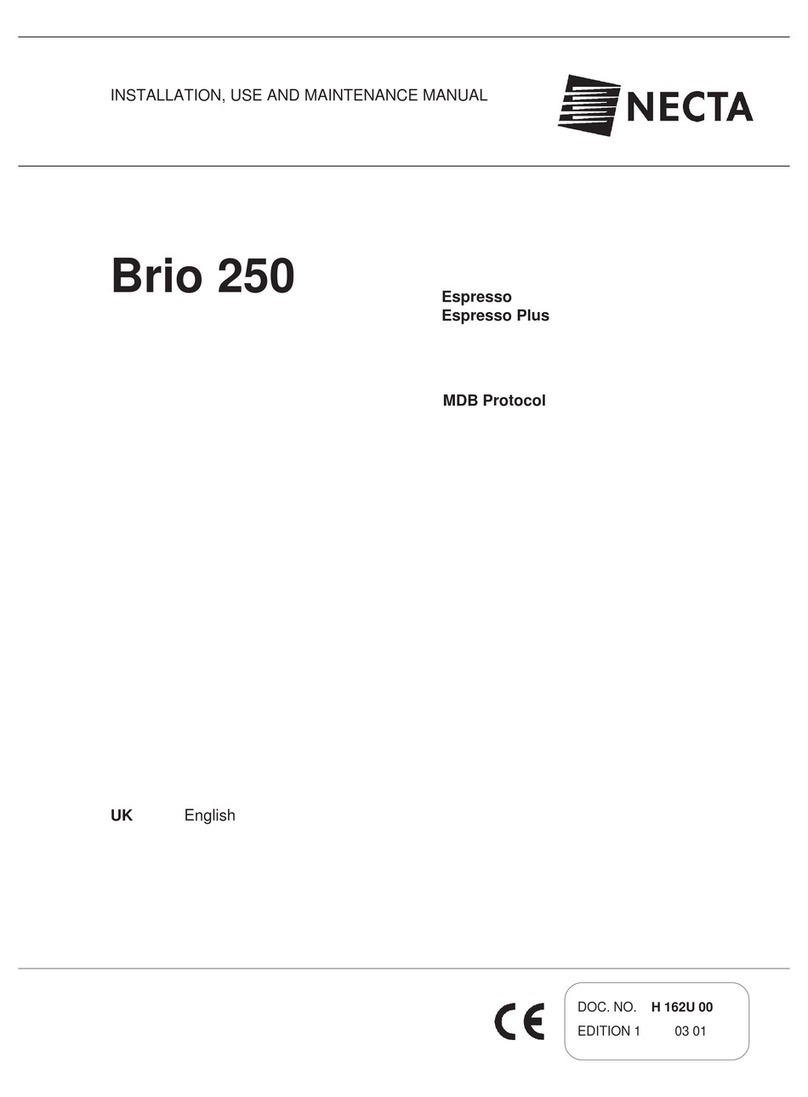
Necta
Necta Brio 250 User manual
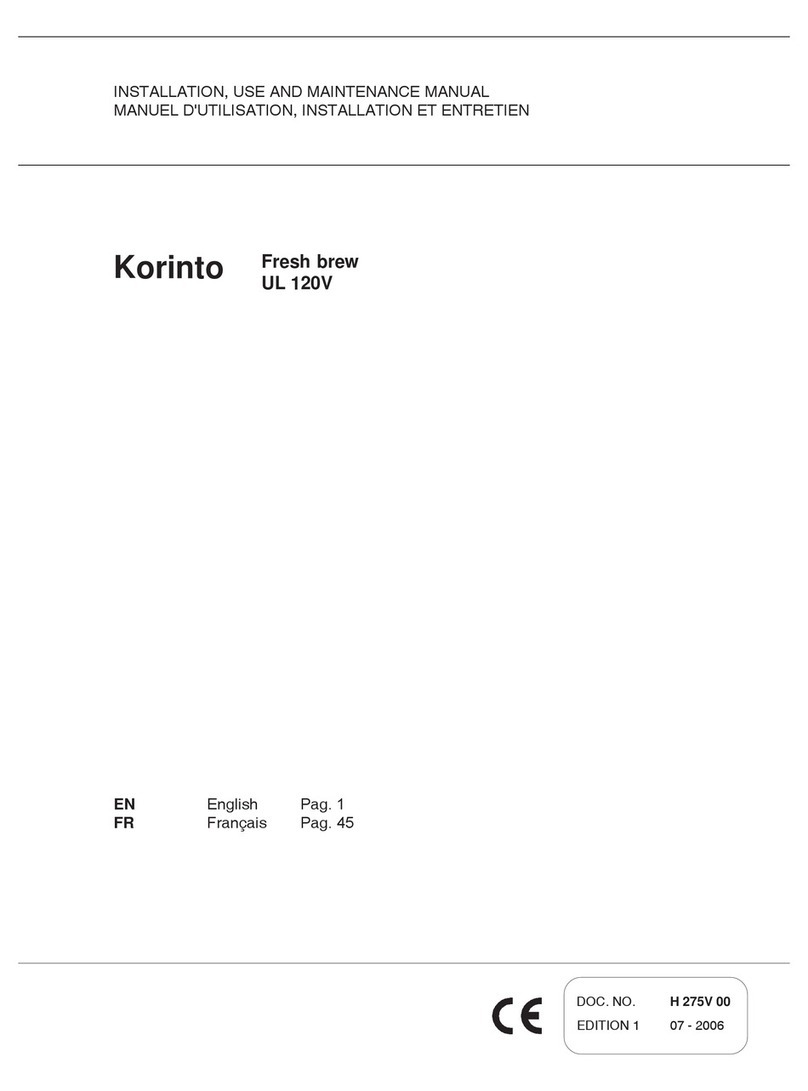
Necta
Necta Korinto UL 120V User manual
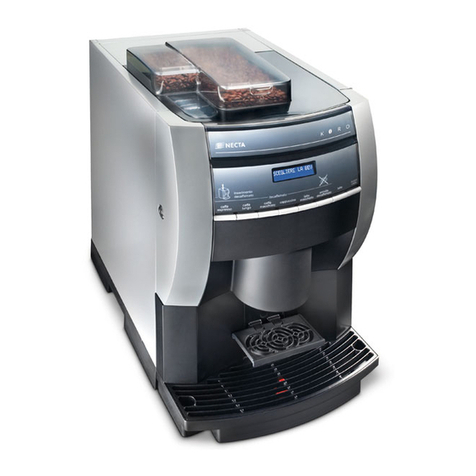
Necta
Necta Koro Espresso User manual
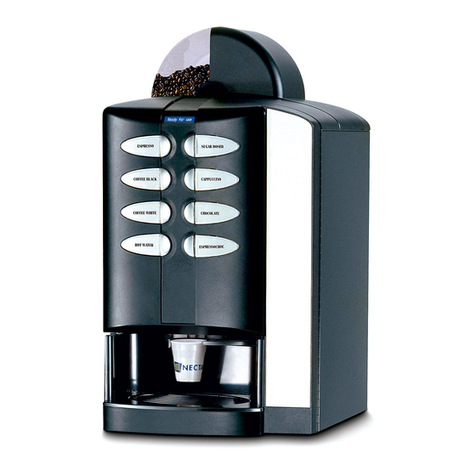
Necta
Necta Necta Colibri Espresso User manual

Necta
Necta KORO FRESH-BREW User manual
Popular Coffee Maker manuals by other brands

Bunn
Bunn LCA-1 Installation & operating guide

Chris Coffee Service
Chris Coffee Service Silvano owner's manual

Black & Decker
Black & Decker BLACK DECKER HOME DE790 Use and care book

Saeco
Saeco Vienna Plus Sup 018M operating instructions

INCAPTO
INCAPTO BXCO1470E Instructions for use

Bosch
Bosch TASSIMO finesse TAS16B Series user manual
